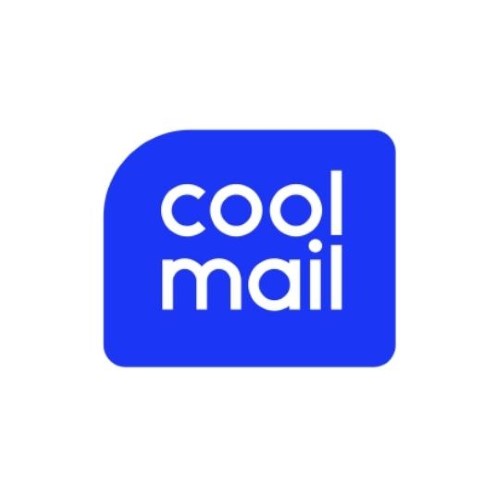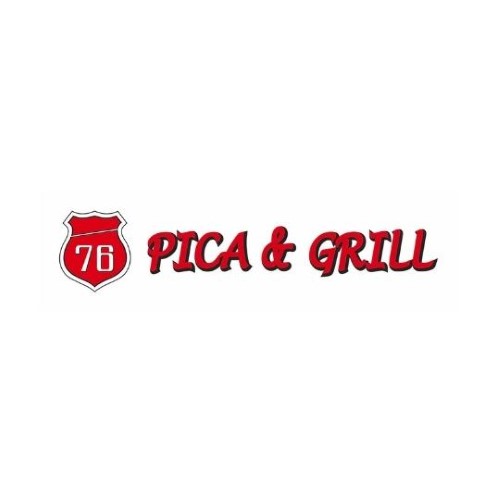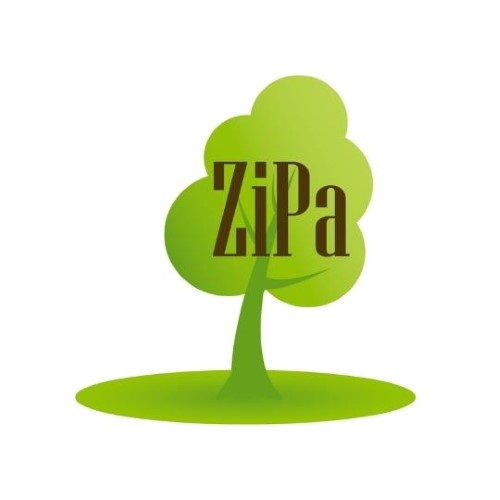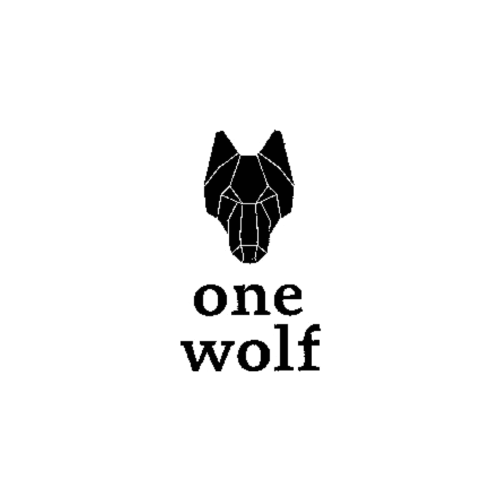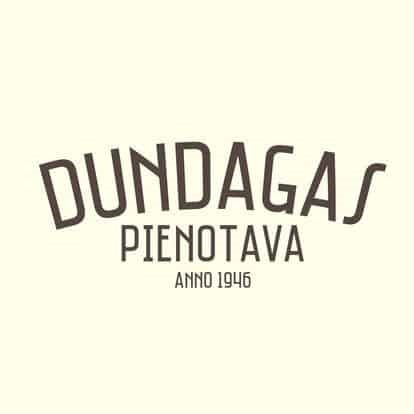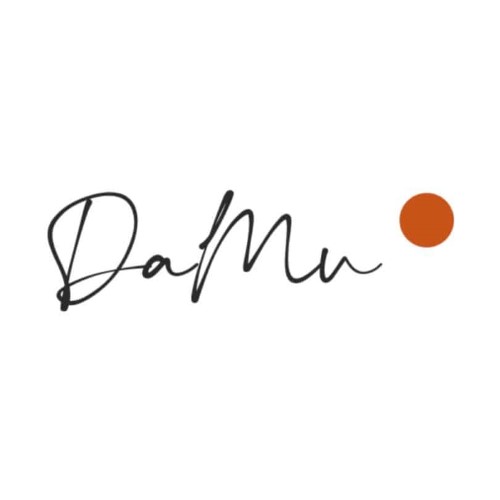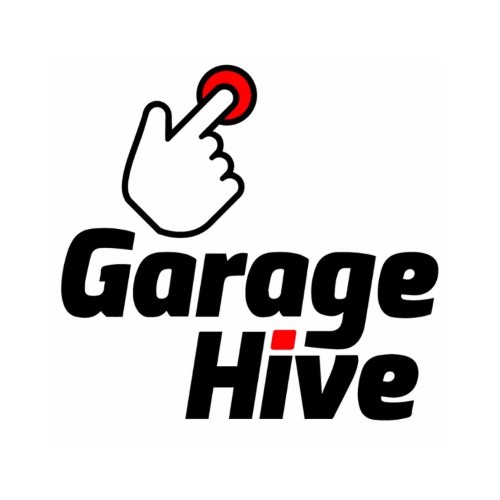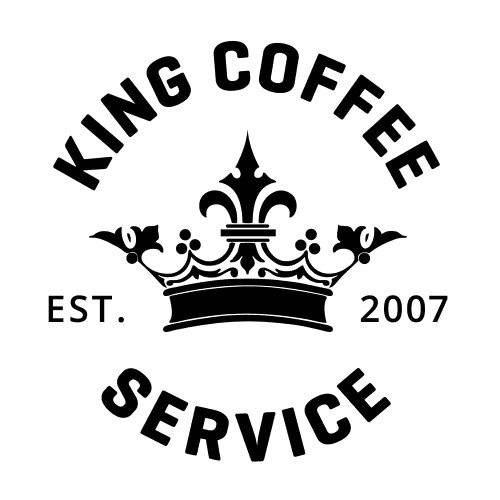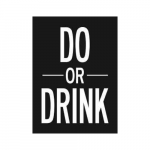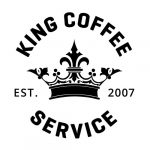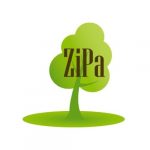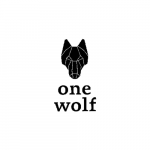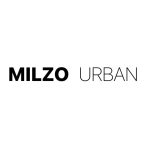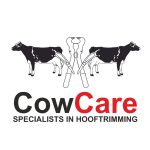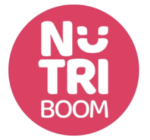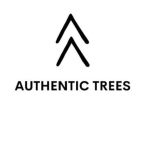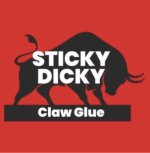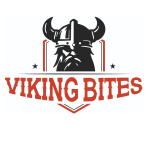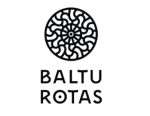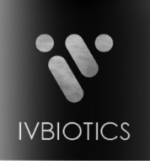A great and powerful trademark name can be a result of nuanced planning or come unexpectedly into mind like lightning from the clear sky. Regardless of where the name comes from, there are certain steps you must take to create a perfect trademark – representable, unique and safe.
Main aspects of a perfect trademark
When we look around, we see examples of successful and not so successful brands. Of course, success doesn’t depend on your trademarks alone but having a perfect trademark helps to increase security of business and boost confidence and value of the brand.
There are 3 main aspects I invite you to consider to increase the safety and value of the brand. Those are uniqueness, appropriateness, and protection of trademarks. Uniqueness is essential for the safety and value of the brand. Uniqueness will help you to differ from the competition by staying in the customer’s mind. Uniqueness will help you to protect your brand name and elements and in the case of conflicts to prove your prior rights.
What exactly is a trademark?
Trademarks are signs used in trade to identify products and services. Business name, product name, logo, slogan, package design and even sounds, motions, special shapes, and holograms can be used as trademarks. As long as this is something that helps customers to distinguish the goods or services of an enterprise from those of other enterprises.
Please, don’t confuse a business name with a trademark. These are not synonyms. Often business names match with trademark names, but it does not give the enterprise’s name a trademark status. To have a trademark status on a name you have to use it on the goods or related to services. In the U.S. and some other countries there is a special status which is called intent-to-use trademark. This means that you, when publishing announcements about new products entering the market, can use a sign ™ after a product name, so the audience (and competitors) knows that you have an intention to trademark this name.
How and where to protect trademarks?
Although trademark registration is not mandatory, important trademarks should be registered to protect your brand. Trademarks are registered in special registers which are territorial.
There are state trademarks, federal trademarks, national trademarks, regional trademarks and international trademarks. Sounds complicated – but it is not, when you know what you need. Here are few examples of registration options:
- In the United States it is possible to protect your trademark at the state or federal level. A state trademark is issued by a state office, whereas a federal trademark is issued by the United States Patent and Trademark Office (USPTO)
- In the European Union it is possible to register an EU trademark or national trademarks. The EU trade mark will be issued by the European Union Intellectual Property Office (EUIPO), and national trademarks are administered by National IP offices of every country.
Should I register the brand name and other trademarks?
In many countries, even unregistered trademarks are protected by intellectual property rights. Still, the enforcement procedures are complicated, expensive, and often don’t bring “fair” results.
There are many cases where the owner of a prior unregistered trademark is not capable of proving his trademark rights and loses his mark to some business who has stolen the brand name or design, slightly modified (or sometimes not even that) and registered the trademark. Sometimes coinciding brand names are just unlucky coincidences… However, if a conflict arises, there will be only one winner.
Every entrepreneur can imagine how unpleasant the feeling would be when you are forbidden to use your own brand because a competitor stole your idea, or you just picked the wrong name, the name which is already taken.
- Are there more risks when picking trademark names?
- Yes, there are certain things that can not be registered and protected in general. To obtain a registration, the trademark should be distinctive, non-descriptive, and it shouldn’t be rude or misleading.
Therefore, if you have serious business plans, before investing in branding and advertisements you should pick astrong brand name, check the availability, and register it. And now I will tell you how.
3 Universal principles of trademark rights
Before moving forward with creating safe trademarks, I would like you to understand and remember three main universal trademark right principles:
- Trademarks are territorial. That means trademarks can be protected in those countries (or states) where the registration is in force.
- Precedence (Priority) principle – trademark rights are valid from a certain date. For a registered trademark, this is the date of the trademark application. If the trademark is not registered, it is the date from which it can be proved that the trademark has been used on the products. To say simply – if conflict arises, the one who can prove earlier rights is the winner.
- Protection applies to specific goods or services. The registration of a trademark indicates for what goods and services the trademark is valid. Only well-known and reputable trademarks are eligible for more extensive protection.
This is why it is important for a brand owner to plan in what territory the trademark should be protected, to create an appropriate and accurate list of goods and services, and to apply for the registration as soon as possible.
How to pick a brand name and other trademarks?
What trademark is the best for you?
There is a saying: “A good trademark is easy to remember, but a great trademark is hard to forget!”
Yes, but there are additional emotional and practical considerations, I invite you to think about.
Practical considerations are connected to using the name – both for the enterprise and the customers. So tell me if your brand name is:
- Is it easy to read and understand?
- Is it easy to say/spell?
- Is it easy to write?
- Is it easy to remember?
Emotionally the trademark should fit to the character of the goods and services in the first place. Secondly, it should fit the target audience. Thirdly, it should fit the company’s character and culture. There are many strategies and techniques when it comes to picking brand names. When my clients ask, which trademark name is the best, I advice to check the following:
- How does this name make one feel about the product?
- How your customers would feel when they tell their friends something like: “I just bought a YOURBRAND product x. I am so satisfied, you should get YOURBRAND x product too! ”
- How you and your employees feel, when they say, for example: “Hi, I am Barbara from YOURBRAND!”
What makes the trademark registrable?
Not all the great and perfectly sounding product or business names, or slogans can be protected as trademarks. To protect a trademark, which means to have the right to forbid others from using identical or similar designations in relation to identical and similar goods in the course of trade, the trademark should be unique, distinctive, and non-descriptive.
UNIQUE trademarks
Uniqueness serves the purpose of distinguishing the goods or services offered by your company from those offered by other companies.
Before confirming a brand name or any other trademark, you should do a proper trademark search, to confirm that other businesses do not use similar names or symbols.
Trademark search should be conducted not only in internet search engines, but mainly in official trademark registers in relation to all the territories you plan to expand the business.
When conducting a trademark search, please consider the 3 trademark protection principles and look not only for identical but also similar names and symbols. In fact, trademark search is something I would advise you to hire a professional trademark attorney for. It is essential not only to obtain accurate and comprehensive results from databases, but also to interpret them correctly. The most reliable interpretation can be made by an experienced trademark attorney.
Additionally, you can check the company registers, but remember that the company name is not the same as a trademark. Finding similar enterprise names to your trademark is just a seed for further research.
DISTINCTIVE trademarks
A distinctive trademark is a mark that contains enough information to help customers to distinguish a source of goods or service provider. For example, marks consisting of one or two letters, simple shapes and colours would not be considered as inherently distinctive trademarks in the eyes of trademark examiners. Practice shows that the colour of a few letter combination can only obtain trademark protection after it has acquired distinctiveness in the eyes of the public. For example, the 3M company now owns a colour trademark – Canary Yellow colour with regards to self-stick notes.
NON-DESCRIPTIVE trademarks
Trademarks should not casually describe the goods or services with words that anyone would or could use to describe them. Namely, a trademark should not specify the quality, quantity, size, shape, purpose or kind of products.
For example, the brand name COLDBERRY would be considered as descriptive for products like ice cream or smoothies, but it would not be descriptive for marketing services or vacuum cleaners.
Often companies pick descriptive trademark names, and later, when they can not obtain trademark protection, they decide to add additional distinctive elements. This is not the best strategy if you want a perfect trademark. Because, even though you get a registration certificate, the descriptive part alone will not have protection.
Another example: one cannot register the word mark “cool” with regards to jewelry and accessories, as the trademark would describe the quality of goods. But it is possible to draw each letter of the word “cool” with different colours and maybe give them an interesting shape, and thus it will be possible to get the trademark registration. But would the owner of this registration be able to forbid others to use the word “cool” with regards to jewelry and accessories? The answer is – NO! In case of trade mark conflicts his rights will be limited to the exact expression of the graphical representation of the mark.
Therefore, for the safety and value of the brand, I advise you to pick distinctive trademark names, so you can register them and forbid others to use the same or identical names on similar products.
The following things cannot be registered as trademarks
MISLEADING designations
It is important that the consumer is not tricked into buying the goods or services with wrong expectations. For example, the name CALM DREAMS would not be a good one for coffee or any other products containing caffeine.
INAPPROPRIATE designations
Words and signs the meaning of which is disparaging against certain people or is contrary to public morality can not be trademarked. Sometimes you can choose an inappropriate name by mistake, especially if it’s in another language. Even if you have created your trademark from randomly chosen letters with no apparent meaning, I recommend you to check this word in all languages of the countries your business could possibly reach.
Risky trademark choices
Trademark that is identical or similar to other trademarks in the same field
If your trademark is similar to an already registered trademark or even to another trademark in the application stage it is a risk that the owner of prior rights will ask you to cease and desist from using your trademark. There are many countries where even unregistered trademarks, which are in use, can be a basis for the opposition to your trademark registration and use. It is more difficult and expensive for proprietors of unregistered trademarks to prove their earlier rights, but this can be done if there is sufficient evidence of use.
Therefore, when picking a brand name, it is useful to check the availability properly, not only in official trademark databases, but also in company registers, domain name registrar.
Trademark that is identical or similar to famous brand
Please don’t pick the name or logo that is identical or confusingly similar to a famous brand. Even if it operates in a different business field. If there is a chance that consumers could possibly confuse the trademarks or imagine any connection between them, it is a great risk you will lose your brand.
It’s important to bear in mind that in trademark arguments the possible confusion of trade marks is assessed from the consumer’s point of view.
Your best choice is to create something unique. Getting inspiration from competitors, when creating your business name or product package design, is a risky choice. The risk is that the prior right holder can sue you, and not only forbid you from using the trademark, but also request to cover unearned profits.
Finally – 3 main steps on the way to perfect trademark
- Pick the name that fits your product now and in the future and is distinctive and otherwise registrable.
- Check the name and symbol availability in official trademark databases, and on the Internet.
- Prepare an appropriate and correct list of goods and services, and apply for trademark registration.
If you require experienced assistance in any phase of the trademarking process, from strategy and registration to conflict solution – contact us.






